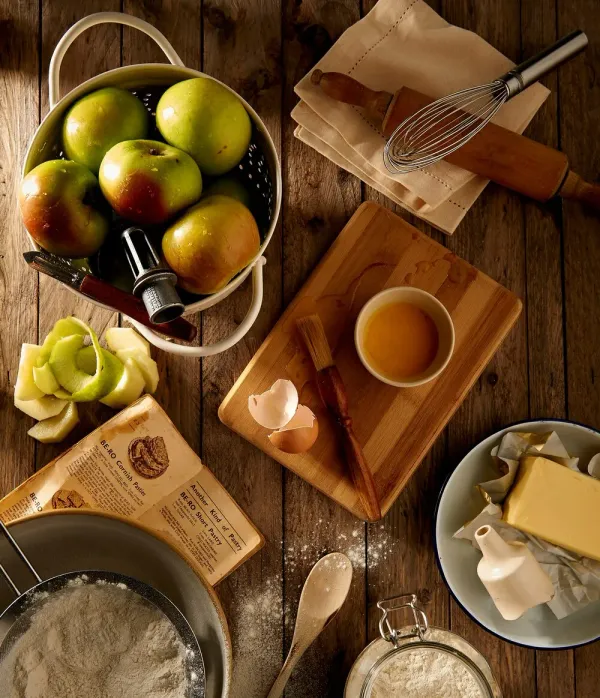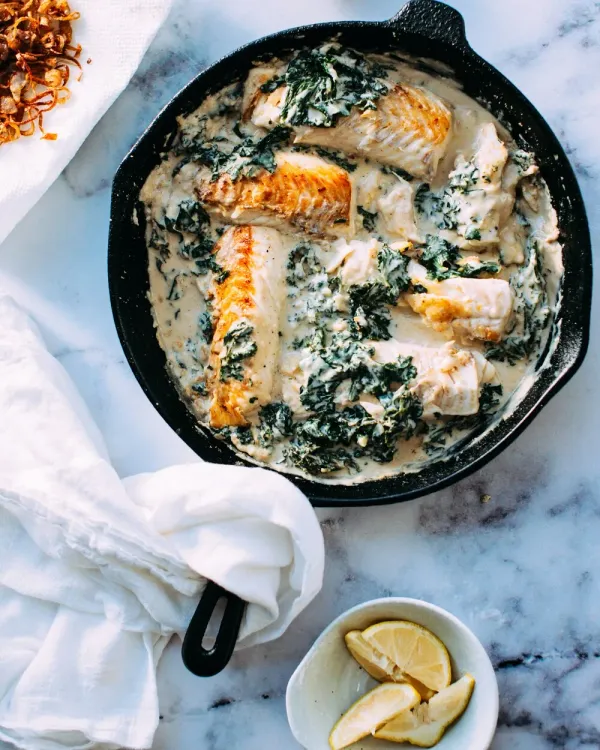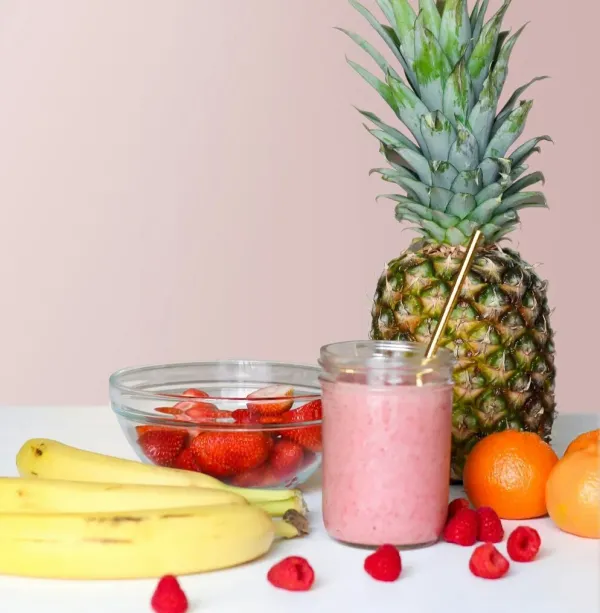Cal in Coffee: how many calories are in coffee drinks?
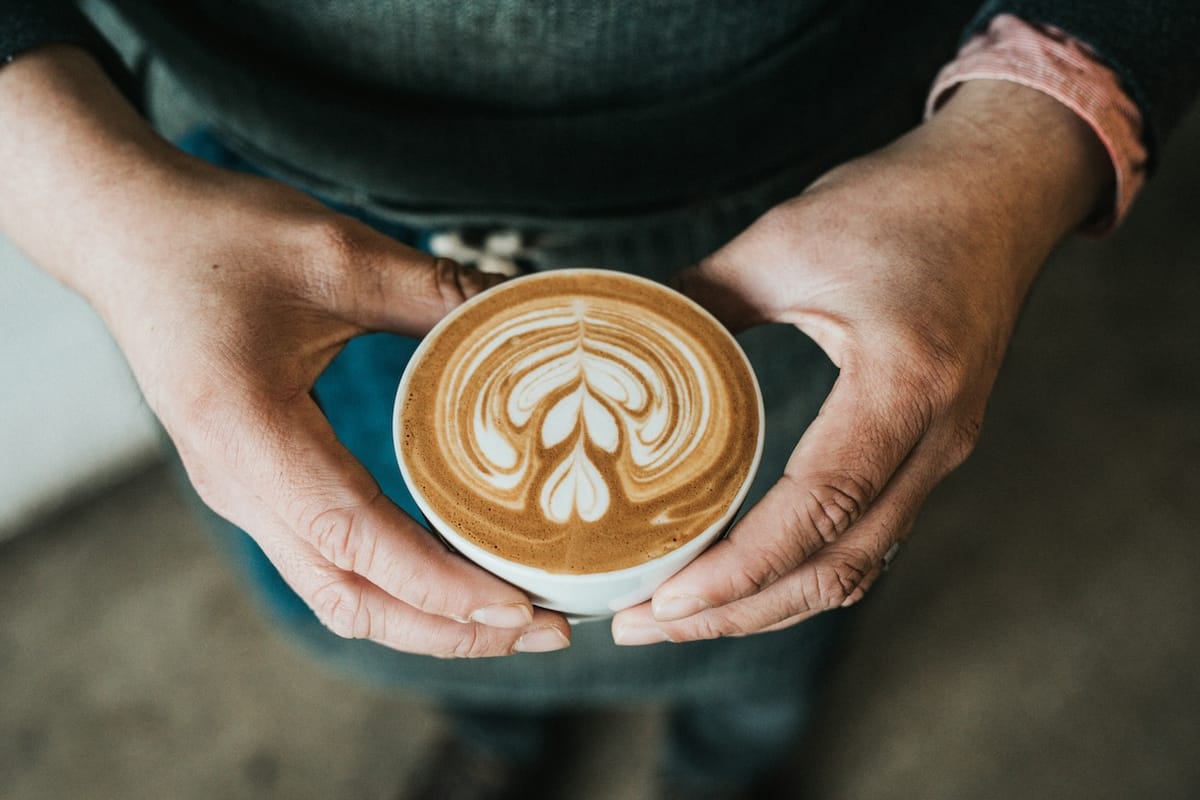
Understanding Calories in Coffee
A calorie is a unit of energy that measures the amount of energy in food and drink. Your body uses this energy to perform daily functions, such as breathing, running, and digesting. To maintain a consistent body weight, the calories you consume must equal the calories you expend. However, not all calories are created equal, as some foods provide more nutrients along with energy.

Calorie Content in Coffee Drinks
Plain brewed coffee contains almost no calories, but common additions like milk, sugar, and other flavorings contribute further calories. Depending on how much milk and added sugars has the drink extra calories may vary. Espresso contains more calories per ounce than brewed coffee, with approximately 2 calories per shot (1 ounce). However, the number of calories in coffee drinks depends on the type of milk used. Drinking coffee with excessive amounts of sugar, milk, creamers, or flavorings can contribute to excessive calorie and added sugar intake.
Skim Milk in a Coffee Drink: A Comparison
• A cup of coffee with skim milk contains approximately 12 calories.
• A cup of coffee with semi-skimmed milk contains approximately 17 calories.
• A cup of coffee with whole milk contains approximately 42 calories.
• A cup of coffee with oat milk or almond milk contains approximately 30-60 calories.
• A cup of coffee with soy milk contains approximately 25-45 calories, depending on the brand and whether it is sweetened or unsweetened.

Popular Coffee Drinks: Nutrition Facts
• A latte typically contains 150-200 calories, depending on the type of milk used.
• A cappuccino typically contains 100-150 calories, depending on the type of milk used.
• A mocha typically contains 200-300 calories, depending on the type of milk and chocolate used.
• A cold brew coffee typically contains 0-5 calories, depending on the type of milk and sweetener used.
Low-Calorie Coffee Options
• Black coffee is a low-calorie option, with only 2 calories per cup.
• Unsweetened almond milk or oat milk can be used as a low-calorie alternative to dairy milk.
• Dark roast coffee can be a good option for those looking for a low-calorie coffee drink.
• Iced coffee can be a refreshing low-calorie option, especially when made with unsweetened almond milk or oat milk.
Coffee Syrups and Creamers: A Closer Look
• Popular coffee syrups can contain up to 75 calories per pump.
• Half and half can contain up to 50 calories per tablespoon.
• Whipped cream can contain up to 100 calories per dollop.
• Sugar-free syrups and creamers can be a good option for those looking to reduce calorie intake.
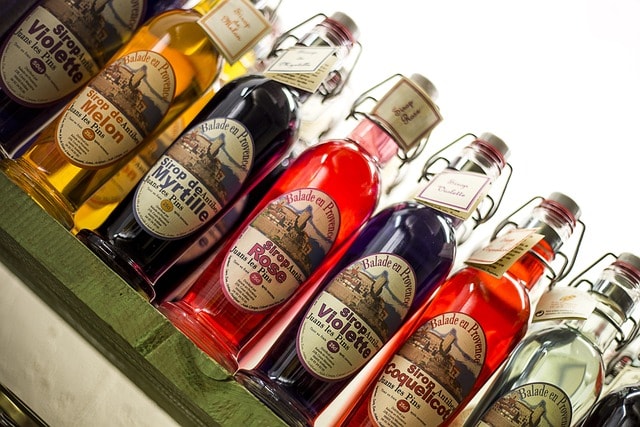
Specialty Coffee Drinks: Calorie Content
• A caramel macchiato typically contains 200-300 calories, depending on the type of milk and caramel used.
• A pumpkin spice latte typically contains 300-400 calories, depending on the type of milk and pumpkin spice used.
• A peppermint mocha typically contains 200-300 calories, depending on the type of milk and chocolate used.
How Many Calories in a Coffee Drink?
The calorie count of a coffee drink depends on the type and amount of milk, sugar, and other flavorings used. For example, a rough estimate of a coffee with 2 sugars is 80 calories. The exact calorie count varies depending on the specific milk and sugar used.
Coffee and Metabolism
Caffeine in coffee can speed up the resting metabolic rate, helping burn more calories. However, caffeine alone does not guarantee weight loss; a calorie deficit is still necessary. The calorie content of coffee is relatively low, but adding milk and sugar can increase the calorie count significantly.
Coffee and Weight Management
For those looking to lose weight, coffee can be a helpful part of a balanced diet when consumed mindfully. Counting calories is crucial, and understanding the calories in coffee and various coffee beverages can help manage calorie intake. Plain black coffee is a low-calorie drink, containing only about 2 calories per cup, making it an excellent choice for weight-conscious coffee drinkers.
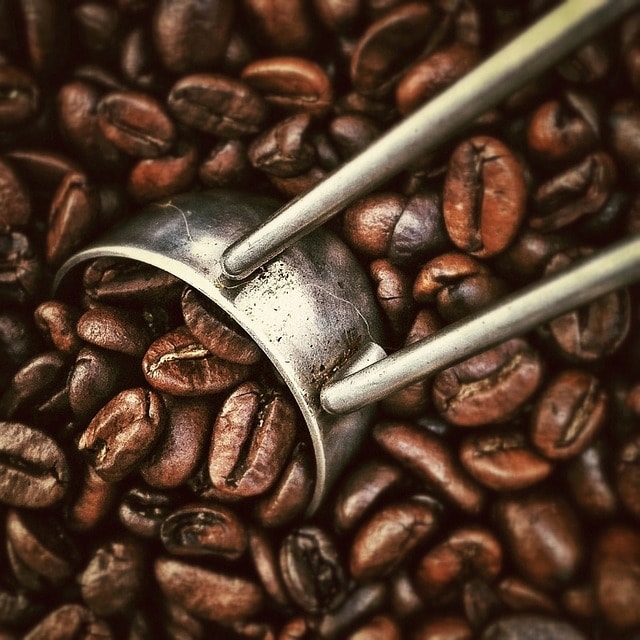
Exploring Different Roasts
Light roast coffee, known for its higher acidity and lighter body, can be a delightful option for those who enjoy a more vibrant coffee flavor. The calories in light roast coffee are the same as in any other roast, but the taste profile can vary significantly, exciting your taste buds with its unique flavor. Medium roast coffee offers a balanced flavor with a bit more body, while dark roast coffee provides a richer, bolder taste.
Enhancing Coffee with Healthy Additions
When enjoying coffee beverages, many coffee drinkers look for ways to enhance flavor without adding excessive calories. Using agave syrup as a sweetener instead of sugar can lower calorie intake, and adding a dash of cinnamon or dark chocolate can boost flavor and offer additional health benefits without significant calorie counts. Coconut oil can be a healthy addition for those following certain diets, providing a creamy texture and healthy fats.
Specialty Coffee Preparation Methods
Exploring different coffee preparation methods can also influence your coffee experience. The cold brew method, known for its smooth and less acidic taste, can be a refreshing low-calorie drink, especially when consumed black. French press coffee is another popular method, providing a rich and full-bodied coffee by steeping coarse coffee beans in hot water. Both methods can be enjoyed with minimal calories, especially if consumed without cream and sugar.
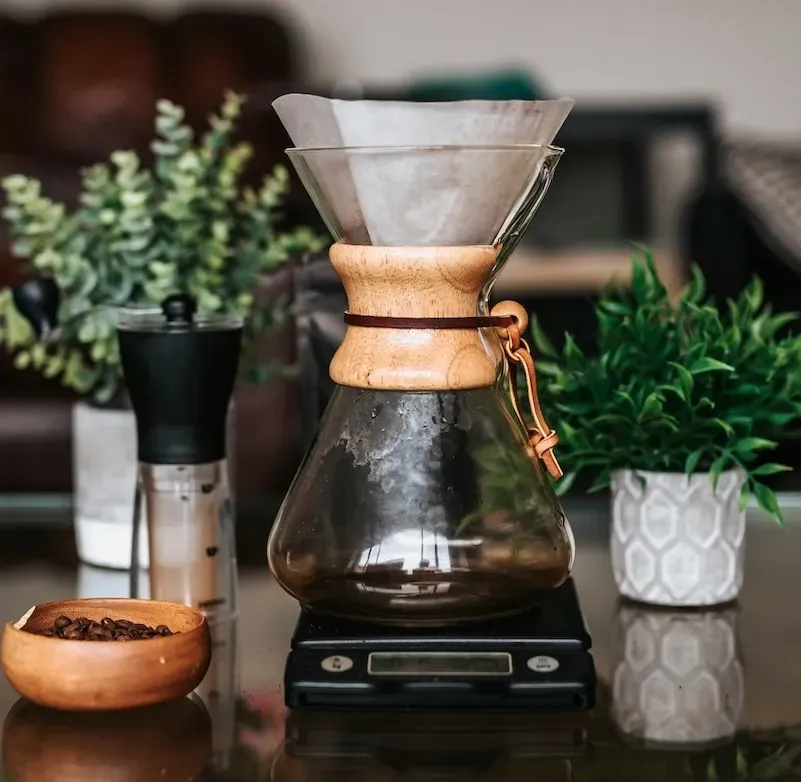
Impact of Coffee on Health
Coffee has various health benefits when consumed in moderation. It can enhance energy levels due to the caffeine content and has been linked to a lower risk of heart disease and improved mental alertness. Coffee’s calorie content is relatively low, but it’s essential to be mindful of the extras added to it, such as cream and sugar, which can increase the calorie count significantly and lead to weight gain.
Making Smart Choices at Coffee Shops
When visiting coffee shops, making smart choices can help maintain a balanced diet. Opting for lighter roasts or black coffee can keep calorie intake low. If you prefer flavored beverages, consider using unsweetened almond milk or soy milk as alternatives to dairy, and request fewer pumps of syrup to reduce added sugar intake. Many coffee shops offer nutritional information, so you can check the calorie content of your favorite drinks and make informed decisions.
Balancing Enjoyment and Health
Balancing enjoyment and health benefits is key to a satisfying coffee experience. By being aware of how much coffee you consume and the calorie counts of different coffee beverages, you can enjoy your favorite drink without compromising your health goals. Coffee drinkers can explore various flavors and preparations while maintaining a balanced diet and enjoying the energy contained in each cup of coffee.

Conclusion
Drinking coffee can be a part of a healthy lifestyle, but it’s essential to be mindful of calorie intake and make balanced choices. Choosing low-calorie coffee options, such as black coffee or coffee with unsweetened almond milk, can help reduce calorie intake. Being aware of the calorie content of coffee drinks and making informed choices can help with weight management and overall health. By using the FoodIntake app, you can easily track the calories, minerals, and vitamins in your coffee and other meals, helping you make smarter dietary decisions and stay on track with your health goals.
FAQ: How Many Calories Are in a Coffee?
Plain black coffee contains approximately 2 calories per cup. The calorie content increases with the addition of milk, sugar, and other flavorings.
FAQ: How Many Calories Are in a Milky Coffee?
A milky coffee can range from 12 calories (with skim milk) to 42 calories (with whole milk) per cup. The calorie content depends on the type and amount of milk used.
FAQ: How Many Calories Are in 1 Cup of Black Coffee?
One cup of black coffee contains about 2 calories.
FAQ: How Many Calories Are in 8 oz of Black Coffee?
An 8 oz cup of black coffee typically contains around 2 calories.
FAQ: How Many Calories If You Drink a Coffee?
The calorie content of a coffee depends on its ingredients. Black coffee has around 2 calories, while coffee with milk and sugar can range from 50 to 300 calories or even more calories, depending on the type and amount of additives.
FAQ: How Many Calories in a Cup of Coffee with Milk and Sugar?
A cup of coffee with milk and sugar typically contains about 30 to 50 calories with skim milk, and can be higher with whole milk and added sugar, averaging around 80 calories.
FAQ: Is Black Coffee 0 Calories?
Black coffee is not 0 calories; it contains approximately 2 calories per cup.
FAQ: How Many Calories in a Regular Cup of Coffee?
A regular cup of black coffee contains about 2 calories. The calorie content of coffee drinks increases with the addition of milk, sugar, or other flavorings.
FAQ: How Many Calories Are in a Cup of Milky Coffee?
The calorie content of a milky coffee varies:
• Skim milk: 12 calories
• Semi-skimmed milk: 17 calories
• Whole milk: 42 calories
• Plant-based milk (e.g., soy milk oat or almond): 30-60 calories
FAQ: How Big Is a Large Coffee at McDonald’s?
A large coffee at McDonald’s is typically 20 ounces.
FAQ: How Many Ounces Is a Large McDonald’s Cup?
A large McDonald’s cup is 20 ounces.
FAQ: How Much Caffeine Is in a Large McDonald’s Iced Coffee?
A large McDonald’s iced coffee contains approximately 320 mg of caffeine.
FAQ: How Many Ounces Are in a McDonald’s Senior Coffee?
A McDonald’s senior coffee is typically 12 ounces.







